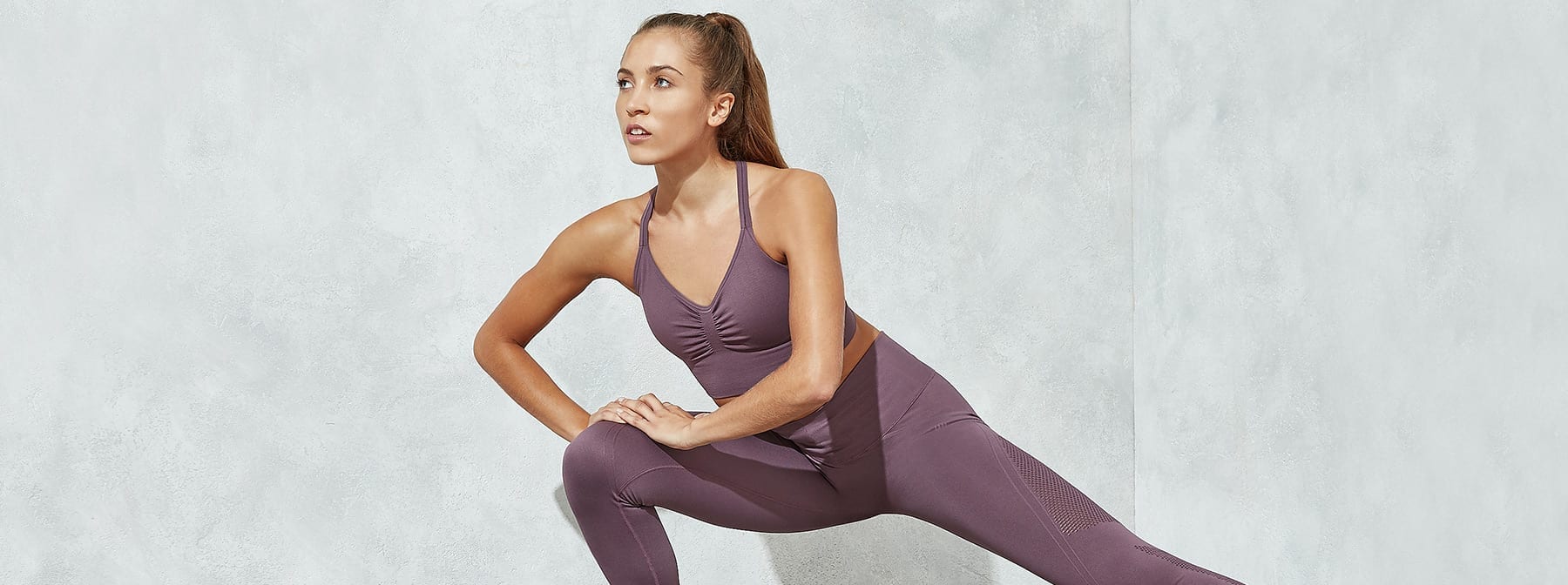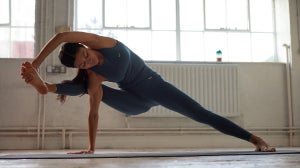
What Are The Posterior Chain Muscles?
A healthy lower back can be one of those things that you take for granted. Anyone that has sustained a lower back injury – even a minor twinge that’s left you a bit stiff – knows full well the effect it can have on your training, no matter what your sport is.
On a less severe level, a stiff lower back can limit your agility and range of movement. More serious damage, including pulled muscles, trapped nerves or spinal injuries can be entirely debilitating. The answer? Treat your lower back as any other muscle group that you want to strengthen, ensuring that you regularly run maintenance checks by stretching and moving.
Your posterior chain muscles play a major part in the wellbeing of your lower back. These include the glutes, lower back and hamstring. The key word to bear in mind here is ‘chain’ as the muscles are linked to one another. For example, tight hamstrings can be a symptom or cause of a bad back; an injury to your glutes or lower back muscles may affect your ability to balance and extend your leg, due to pulling on your hamstrings.
Sitting & Lower Back Pain
A common cause of lower back stress is too much sitting. Whilst your legs may be getting a good rest, rounded shoulders and a curved spine can be considered repetitive strain which, if you have a job that involves a lot of sitting, you will need to counteract. This is because by sitting still in the same position your muscles are dormant and so become weaker. If you then go into higher intensity training having sat down all day, your weakened muscles may not function as they ought to and your core strength will be diminished.
Posterior Chain Exercises & Stretches
Hyperextensions For Lower Back Pain
Hyperextensions can counter the detrimental effect of sitting in a curved position. For anyone who regularly lifts weights, hyperextending your back can also ‘correct’ the adverse effect crunches and frontal workouts can cause on the back.
These can be performed lying on a mat by beginning flat on your front and extending (curving out) your upper body – more or less the opposite of a sit-up. Taking things further, you might try this on a yoga ball, which will also command your core muscles to keep balance. If you have access to a Roman chair, this is a perfect way to balance out stomach crunches. A Roman chair is a piece of gym equipment which traps your legs so that you can bend at the waist and extend your back.
Core Strengthening Exercises For Lower Back Pain
Any stretches or resistance training that strengthens your core is beneficial to your lower back. These needn’t involve equipment.
Three sets of one minute front and side planks will strengthen your core and ‘correct’ the negative effects of sitting and weakened lower back muscles.
Stretches For Lower Back Pain
Furthermore, the following stretches will specifically target your posterior chain:
- Child's pose
- Cat stretch
- Knee to chest hug
- Crossover reverse lunge
Back Strengthening Exercises
Can you work your lower back the same way that you develop the likes of your chest and upper back muscles? The answer is yes, you can use weightlifting to strengthen your lower back, with the footnote that you should take extra precaution to stretch before and after and pay particular attention to technique while avoiding any jerking movements.
Your three main exercises for strengthening your lower back involve hyperextensions, rows and deadlifts.
Take a look at:
- T-bar row
- Seated cable row
- Back extension machine
- Axle deadlifts
- Trap bar lifts
Because your lower back is sensitive and ought to be exercised with an element of caution so that you do not over-burden it, compound lifts are your best bet. Rows require your lats, delts, traps and arms, as well as lower back muscles. This means that your lower back doesn’t bear the brunt alone but that it can also be developed while lifting greater weights.
Deadlifts likewise summon your posterior chain so there are several large muscle groups working at the same time. Trap bar lifts are a good idea to throw in the mix as they alleviate the strain on your lower back by placing it more on your quads and hamstrings.
Looking for a few more exercises that you might not have thought of? Cable pulldowns at various stances – namely front pulldowns – will work your delts, but also tone and strengthen you back via resistance.









